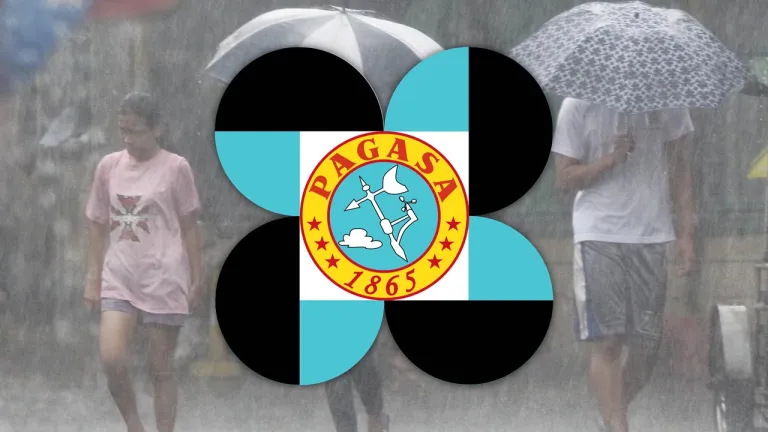Malamang na tatagal pa ang pag-iral ng La Niña-like conditions sa bansa hanggang sa buwan ng Marso ngayong 2025.
Ayon sa PAGASA, ang mga panahon ng mas malamig kaysa sa average na sea surface temperature sa equatorial Pacific Ocean na nagsimula noong Setyembre 2024 ay patuloy na lumalakas pa hanggang sa La Niña conditions threshold noong Disyembre.
Umiiral umano ang kondisyon ng La Niña kung ang isang buwang sea surface temperature anomalies na -0.5°C o mas mababa ay naobserbahan.
Sa panahong ito, inaasahan ang mas mataas na tsansa ng higit sa normal na pag-ulan sa panahon ng Enero, Pebrero, at Marso.
Maaaring magdulot ito ng mga pagbaha, flashflood, at pagguho ng lupa dahil sa mga pag ulan.
Higit pa rito, malamang na tumaas ang posibilidad ng aktibidad ng tropical cyclone sa loob ng Philippine Area of Responsibility (PAR) sa nasabing panahon. | ulat ni Rey Ferrer




